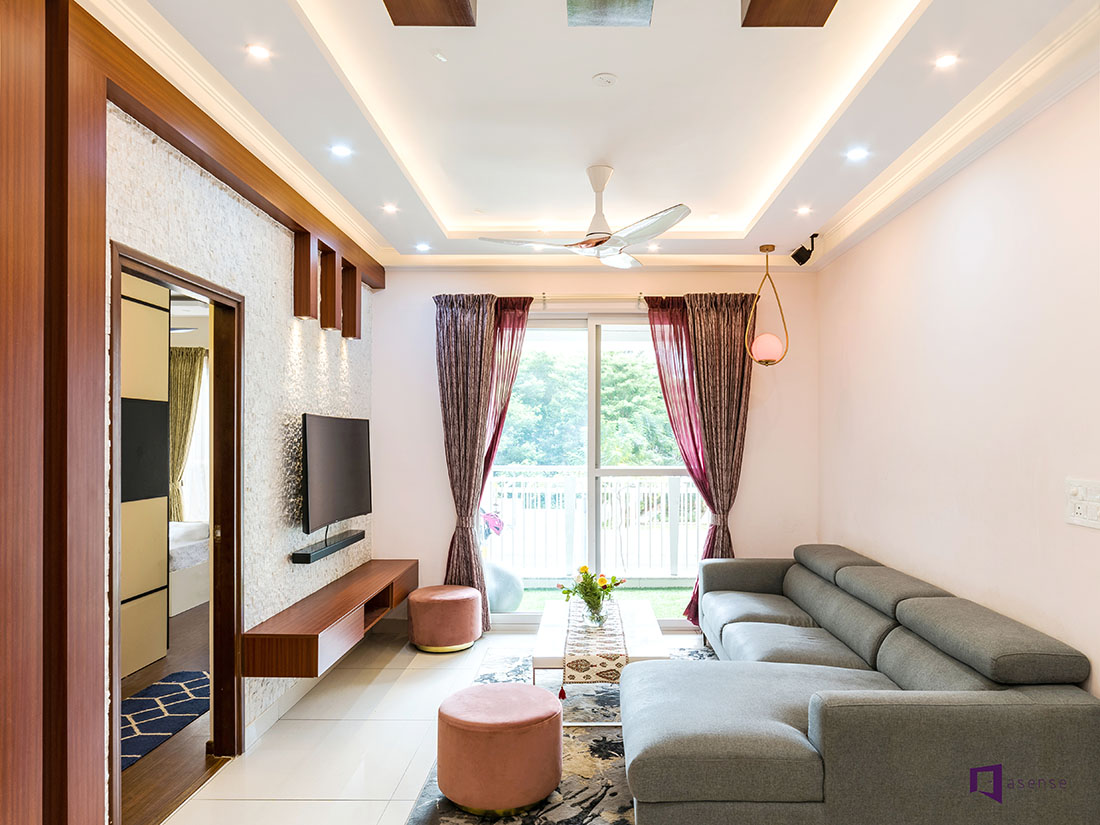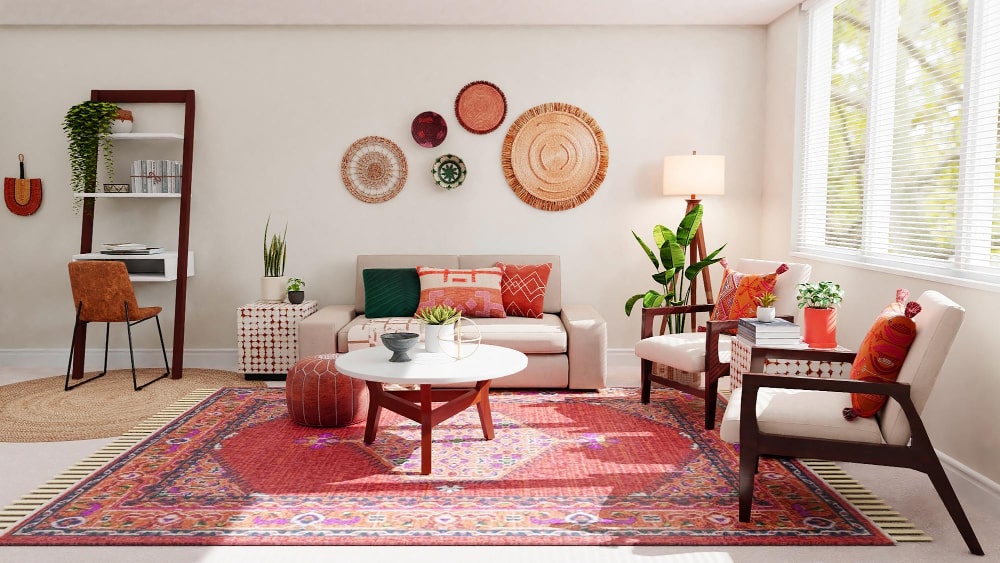Change Your Home With Vital Principles of Interior Decoration and Visual Appeals
The art of changing your home through the vital concepts of interior decoration and aesthetics calls for a thoughtful technique that integrates color, balance, and spatial understanding. By recognizing the influence of color theory and the importance of texture and patterns, one can develop areas that are not just aesthetically appealing but also deeply individual. Achieving this equilibrium includes more than simple design; it incorporates a critical plan and a keen understanding of how each component engages within a room. As we explore these fundamental principles, take into consideration just how they could redefine your understanding of home and individual expression.
Recognizing Shade Concept
Color theory is an essential facet of interior decoration that dramatically influences mood, perception, and overall aesthetic. Understanding the principles of color concept permits designers to create areas that reverberate psychologically with occupants while satisfying practical needs (miami luxury interior design). Colors can be categorized into three key types: primary, additional, and tertiary. Each category plays an important function in establishing harmony within an area.
The mental influence of colors is profound; warm colors such as reds and oranges stimulate power and heat, while awesome tones like blues and eco-friendlies promote peace and tranquility. Furthermore, using corresponding shades improves aesthetic rate of interest, creating striking contrasts that can elevate an area's appeal.
Neutral colors, on the various other hand, act as a functional backdrop, enabling various other design aspects to shine. It is crucial to think about aspects such as lighting and the area's purpose when selecting a shade combination, as these can change the perception of shades throughout the day.
Inevitably, a well-considered color pattern can transform an area, fostering a feeling of convenience and style that aligns with the residents' choices. Proficiency of shade theory is, consequently, a vital ability for any type of indoor designer intending to create harmonious and welcoming environments.
Accomplishing Equilibrium in Style
Just how can developers achieve a sense of balance in their rooms? Achieving equilibrium in design is fundamental to creating harmonious interiors.
Unbalanced equilibrium, on the various other hand, relies upon varying elements that still attain a cohesive look. This strategy enables more vibrant and casual setups, providing interest while keeping balance. By thoroughly choosing differing dimensions, colors, and appearances, designers can produce an aesthetically compelling room that really feels balanced yet energetic.
Radial equilibrium stresses a central focal point with elements emitting outward. This style is commonly seen in round formats, where furnishings and decor create a cohesive surround that attracts the eye inward.
Inevitably, accomplishing balance calls for thoughtful factor to consider of scale, proportion, and the partnerships between elements. Architecture Firm. By skillfully applying these balance principles, developers can transform areas into environments that really feel both cosmetically pleasing and functionally harmonious, boosting the total experience for residents
Importance of Spatial Recognition

A keen feeling of spatial recognition enables developers to recognize prime focus within a room, assisting the audience's interest to crucial attributes while maintaining a total feeling of unity. It also helps in the critical positioning of lights, which can substantially affect the perception of space and state of mind. Understanding spatial relationships enables the designer to provide to the particular demands of citizens, ensuring that each location serves its desired function without compromising aesthetic appeals.
Eventually, spatial understanding is critical for making the most of the potential of any type of indoor area. By meticulously considering the interplay between measurements, format, and feature, designers can create settings that not only fulfill functional needs yet also evoke a sense of comfort and beauty, improving the total living experience.
Including Appearance and Patterns
Accepting a varied series of appearances and patterns can significantly enhance the visual and tactile appeal of an interior space. The critical use numerous materials-- such as timber, steel, material, and rock-- creates depth and rate of interest, making a room feel much more welcoming and vibrant. Integrating smooth surfaces with rough structures can develop a balance that attracts the eye and engages the senses.
When including patterns, take into consideration both range and rep. Huge patterns can offer as prime focus, while smaller, refined layouts can complement various other elements without frustrating the room. Layering patterns, such as pairing floral pillows with candy striped throws, includes intricacy and a sense of harmony if implemented attentively.
It is Architecture Firm likewise important to keep a natural shade combination, ensuring that textures and patterns collaborate as opposed to complete for interest. By choosing a few vital appearances and patterns, you can develop a linked aesthetic that shows your personal design while improving the general atmosphere of the room. Ultimately, the mindful consolidation of these elements can change an ordinary room right into an advanced environment rich with character and heat.
Individualizing Your Area
Creating an area that mirrors your character is crucial to achieving a really inviting atmosphere. Customization in indoor layout enables you to infuse your one-of-a-kind style and passions right into your home, changing it from a simple sanctuary right into a haven that talks to that you are. Begin by selecting a shade scheme that resonates with your feelings-- bold tones can stimulate, while soft tones provide serenity.
Integrate art work and design that mirror your enthusiasms, whether it be travel, nature, or abstract ideas. Displaying personal collections, such as publications, photos, or mementos, can evoke treasured memories and develop prime focus within a space. In addition, take into consideration customizing useful items, like upholstered furnishings, to straighten with your visual choices.

Conclusion
Finally, the improvement of a home via the essential concepts of interior decoration and aesthetic appeal necessitates a comprehensive understanding of color theory, balance, spatial recognition, texture, and customization. Each element contributes significantly to producing a harmonious and functional living setting - miami interior design. By thoughtfully integrating these principles, people can improve the aesthetic allure and psychological vibration of their areas, eventually fostering a home More Info that reflects unique Visit Website identities while supplying comfort and functionality